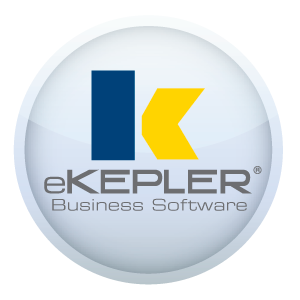Embarking on ERP implementation can be a game-changer for businesses seeking operational efficiency and improved decision-making. However, the road to successful ERP integration is often paved with challenges. To navigate this path smoothly, here are some best practices to ensure a seamless ERP implementation.
Thorough Planning and Needs Assessment:
Before diving into ERP implementation, conduct a comprehensive needs assessment. Understand the specific requirements of your organization, involve key stakeholders, and set clear goals. A well-defined project plan that outlines timelines, milestones, and responsibilities is crucial for success.
Executive Leadership and Stakeholder Involvement:
Secure active involvement and commitment from top leadership. Their support is vital for overcoming resistance to change and ensuring that the entire organization is aligned with the ERP goals. Additionally, involve end-users and relevant stakeholders from various departments throughout the implementation process.
Data Cleansing and Migration Strategy:
Prioritize data accuracy and cleanliness. Develop a robust data migration strategy, including data mapping, validation, and cleansing processes. Ensure that historical data is accurately transferred to the new ERP system to maintain continuity in business operations.
Customization with Caution:
While ERP systems offer customization options, exercise caution. Excessive customization can lead to complexity, increased costs, and challenges during future upgrades. Opt for configurations whenever possible and only customize when it’s essential to meet unique business processes.
Comprehensive Training Programs:
Invest in thorough training programs for end-users. A well-trained workforce ensures that employees can leverage the full potential of the ERP system, reducing the learning curve and accelerating the adoption process. Provide ongoing support and resources to address user queries and concerns.
Change Management Strategies:
Anticipate and manage resistance to change by implementing effective change management strategies. Clearly communicate the benefits of the ERP system, address concerns, and involve employees in the transition. Foster a culture of openness and collaboration throughout the implementation.
Phased Implementation Approach:
Consider a phased implementation rather than a big-bang approach. Breaking down the ERP rollout into manageable phases allows for focused attention on specific modules, reduces the impact on daily operations, and facilitates smoother troubleshooting if issues arise.
Continuous Testing and Quality Assurance:
Rigorous testing is a non-negotiable step in ERP implementation. Conduct thorough testing of all functionalities, integrations, and data migrations. Establish a dedicated testing team to identify and rectify issues before the ERP system goes live.
Regular Communication Channels:
Maintain open and transparent communication channels throughout the implementation process. Regularly update stakeholders on progress, address concerns promptly, and celebrate small victories to keep the momentum positive.
Post-Implementation Evaluation and Optimization:
Once the ERP system is live, conduct a post-implementation evaluation. Solicit feedback from users, identify areas for improvement, and optimize processes. Establish a framework for continuous improvement to ensure the ERP system evolves with changing business needs.
Successful ERP implementation is a journey that requires meticulous planning, collaboration, and adaptability. By following these best practices, organizations can minimize risks, maximize benefits, and pave the way for a seamless integration that propels them toward enhanced efficiency and business success.



